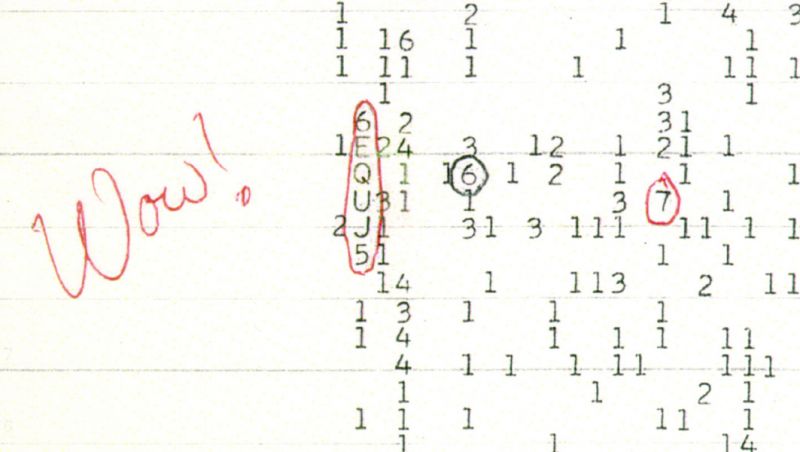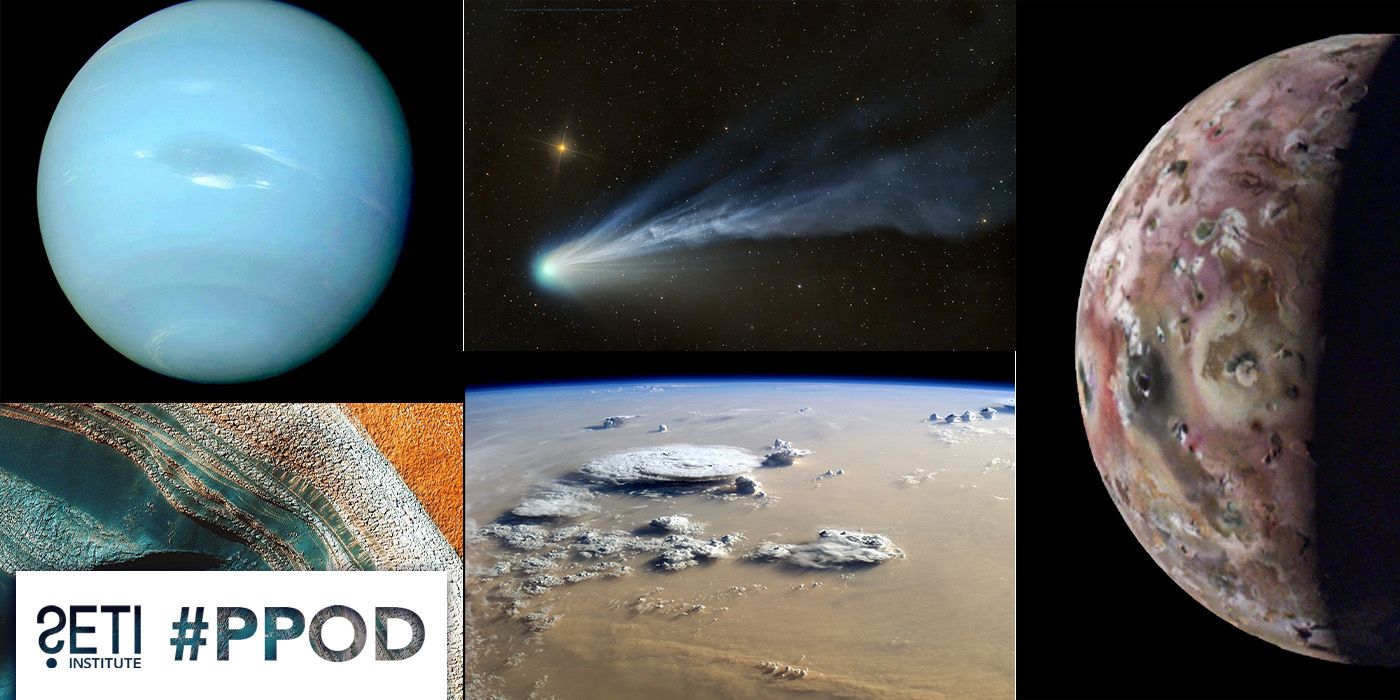
Planetary Picture of the Day
Week of May 06, 2024
This week, we have Mars in false color, Neptune in true color, the Sahara seen from space, Io seen from Juno, and a gorgeous photograph of Comet 12P/Pons-Brooks.
Monday, 6 May 2024
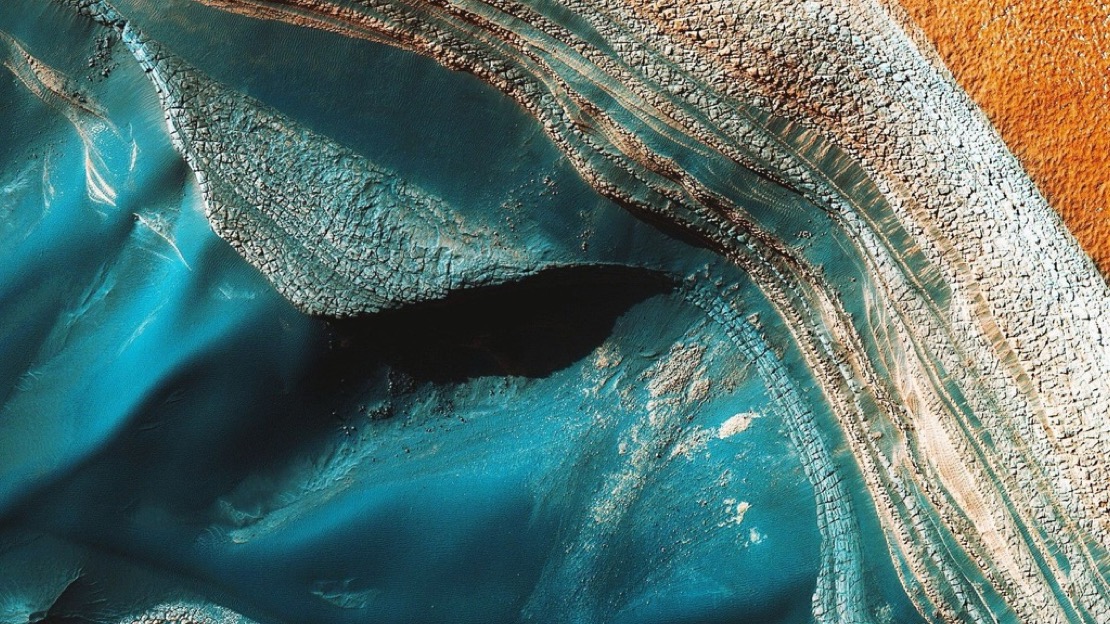
Martian Rhapsody in Blue
Some mind-boggling details of a Martian impact crater taken by NASA's HiRISE camera onboard the Mars Reconnaissance Orbiter. This image has everything: layers, boulders, dunes, and maybe some polygonal terrain, too. The blue filter is used here to learn about morphologies, textures, and composition.
Tuesday, 7 May 2024
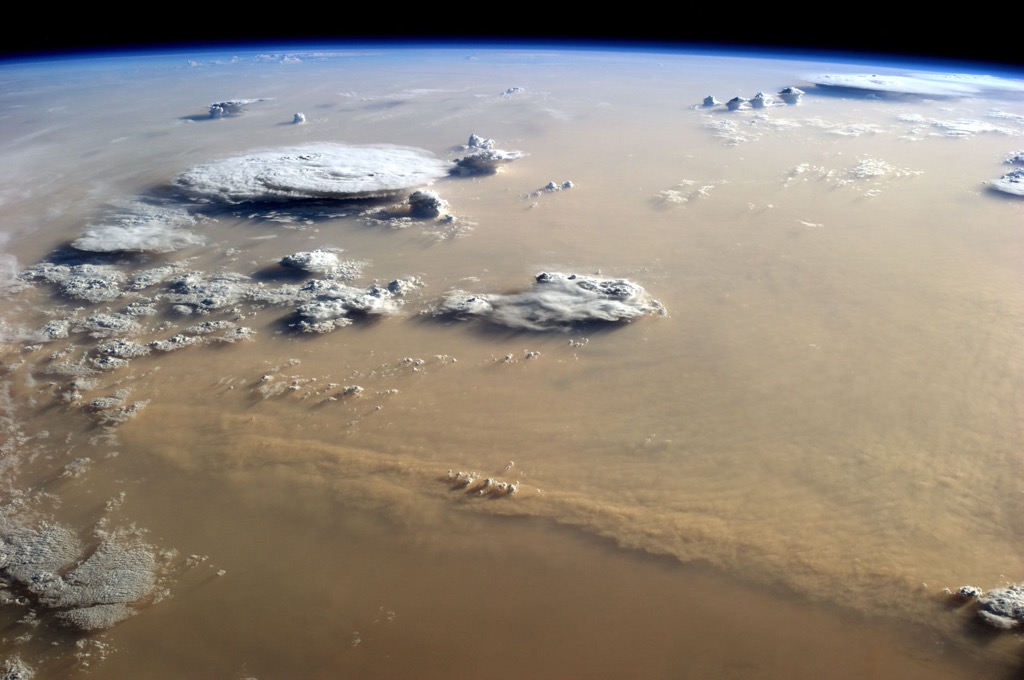
Dust and Clouds Dance Over the Sahara
This photograph was taken by astronaut Alex Gerst on September 8, 2014, from the International Space Station. The ISS was over Libya at the time, and Gerst was looking south-southwest over a storm that stretched hundreds of kilometers across the sand seas of the Sahara. In the photo, winds appear to be coming out of the east or northeast (left), and the sun is setting to the west (right in this image). Billowing cumulus and cumulonimbus clouds suggest that a cold, windy front was moving across the desert, perhaps a haboob. The thick dust almost completely blocked the African land surface from view; even the lower portions of some clouds were obscured.
Wednesday, 8 May 2024
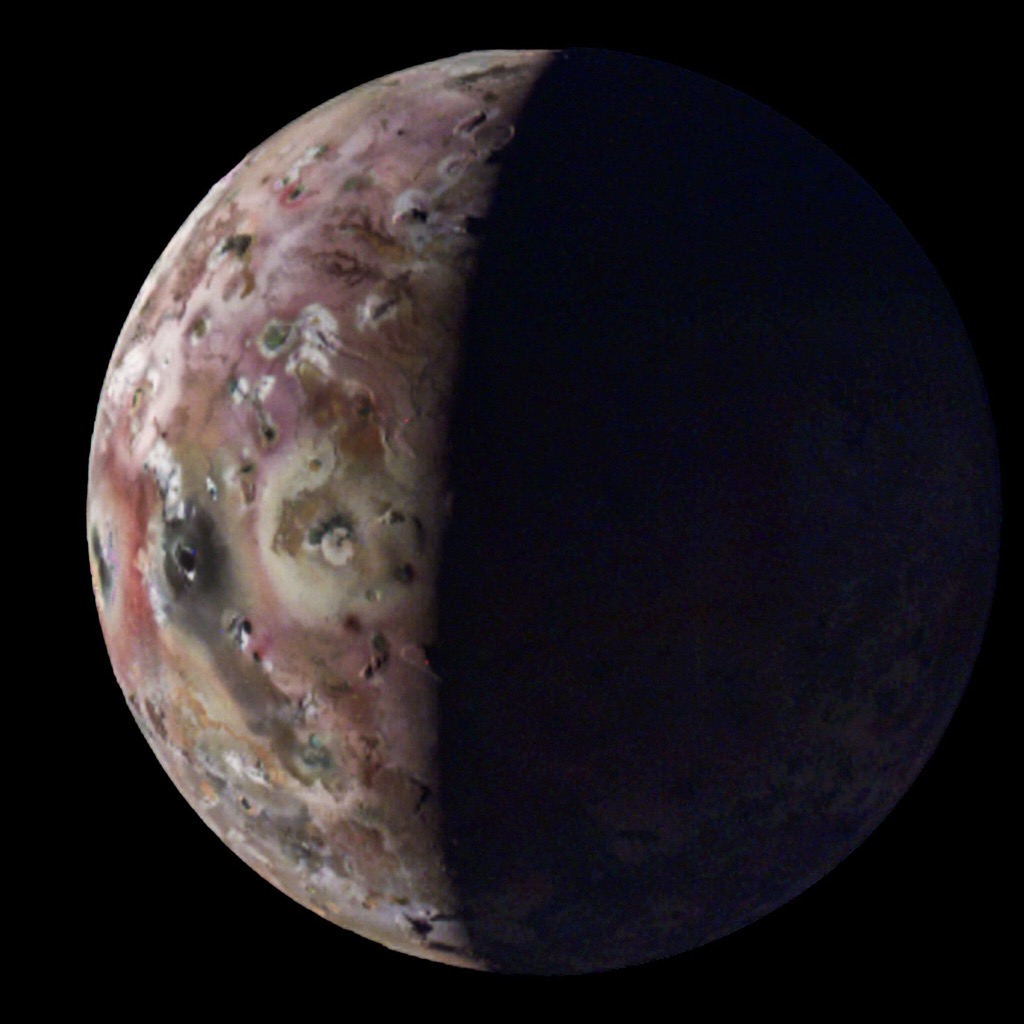
Another Io Flyby
The JunoCam instrument on NASA’s Juno captured this view of Jupiter’s moon Io — with the first-ever image of its south polar region — during the spacecraft’s 60th flyby of Jupiter on April 9, 2024, revealing mountains and lava lakes.
Thursday, 9 May 2024
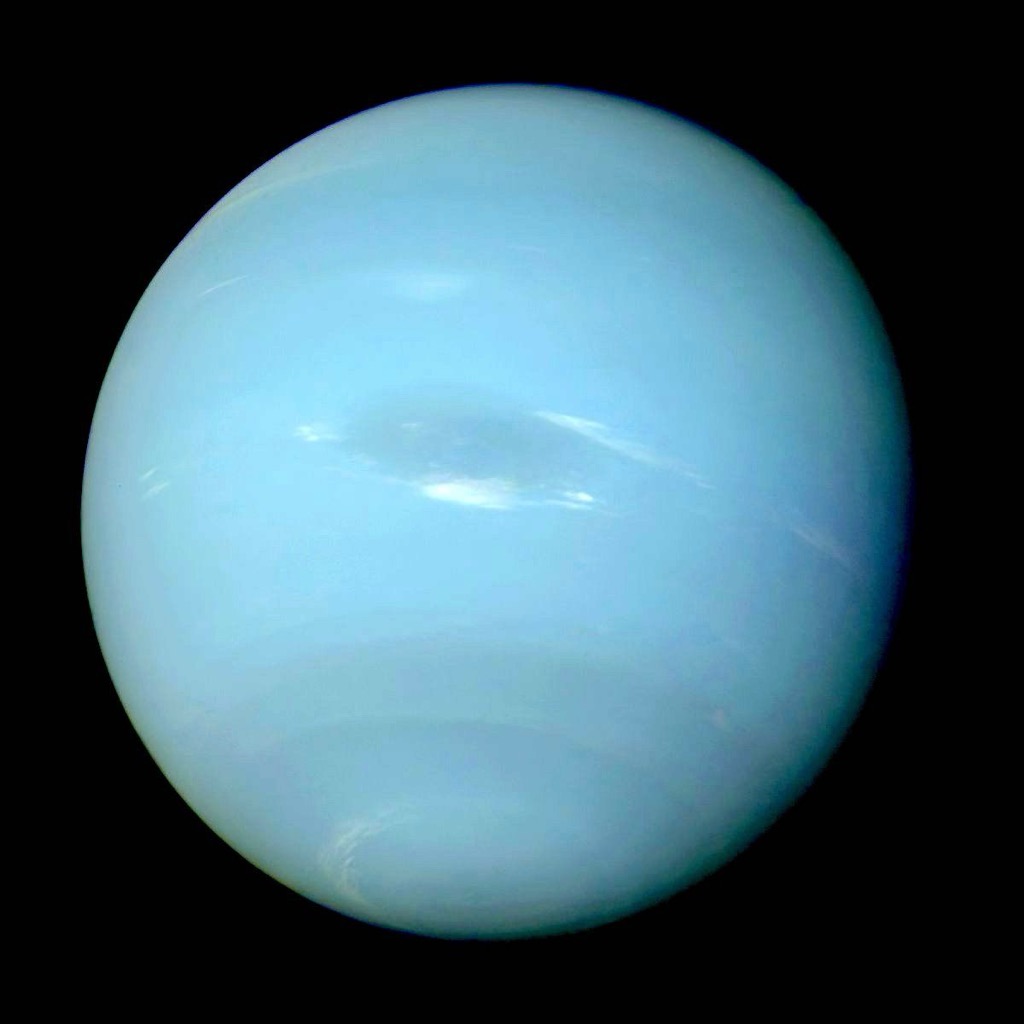
Neptune in True Color
This is how NASA's Voyager 2 spacecraft saw Neptune, the other blue planet, in true color on 17 August 1989, based on a re-analysis of the original data by Patrick G J Irwin et al 2024.
Friday, 10 May 2024
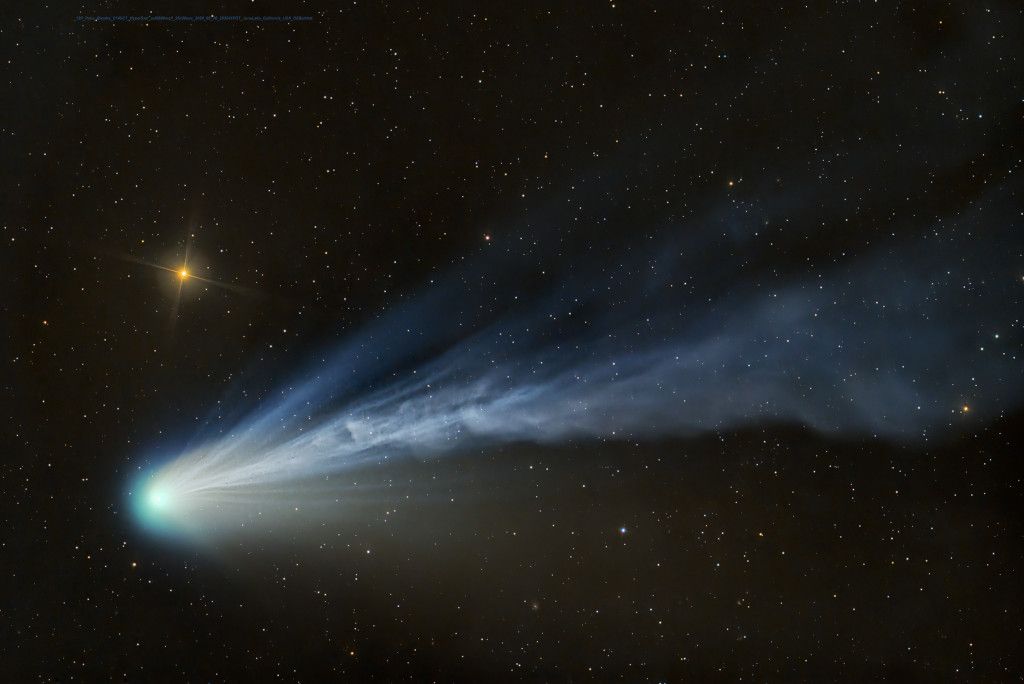
Comet Pons-Brooks at Night
In dark evening skies over June Lake, northern hemisphere, planet Earth, Comet 12P/Pons-Brooks stood just above the western horizon on March 30. Its twisted turbulent ion tail and diffuse greenish coma are captured in this two-degree wide telescopic field of view along with the bright yellowish star Hamal also known as Alpha Arietis.





